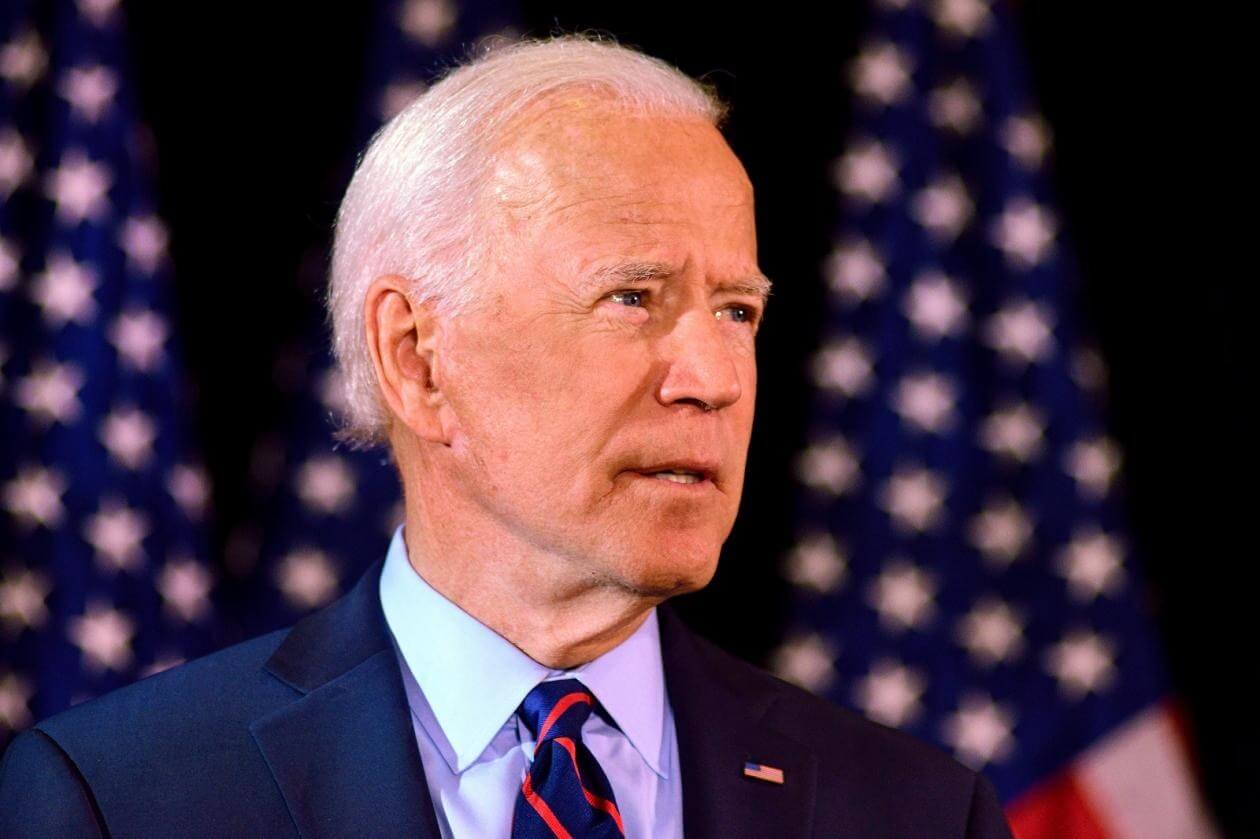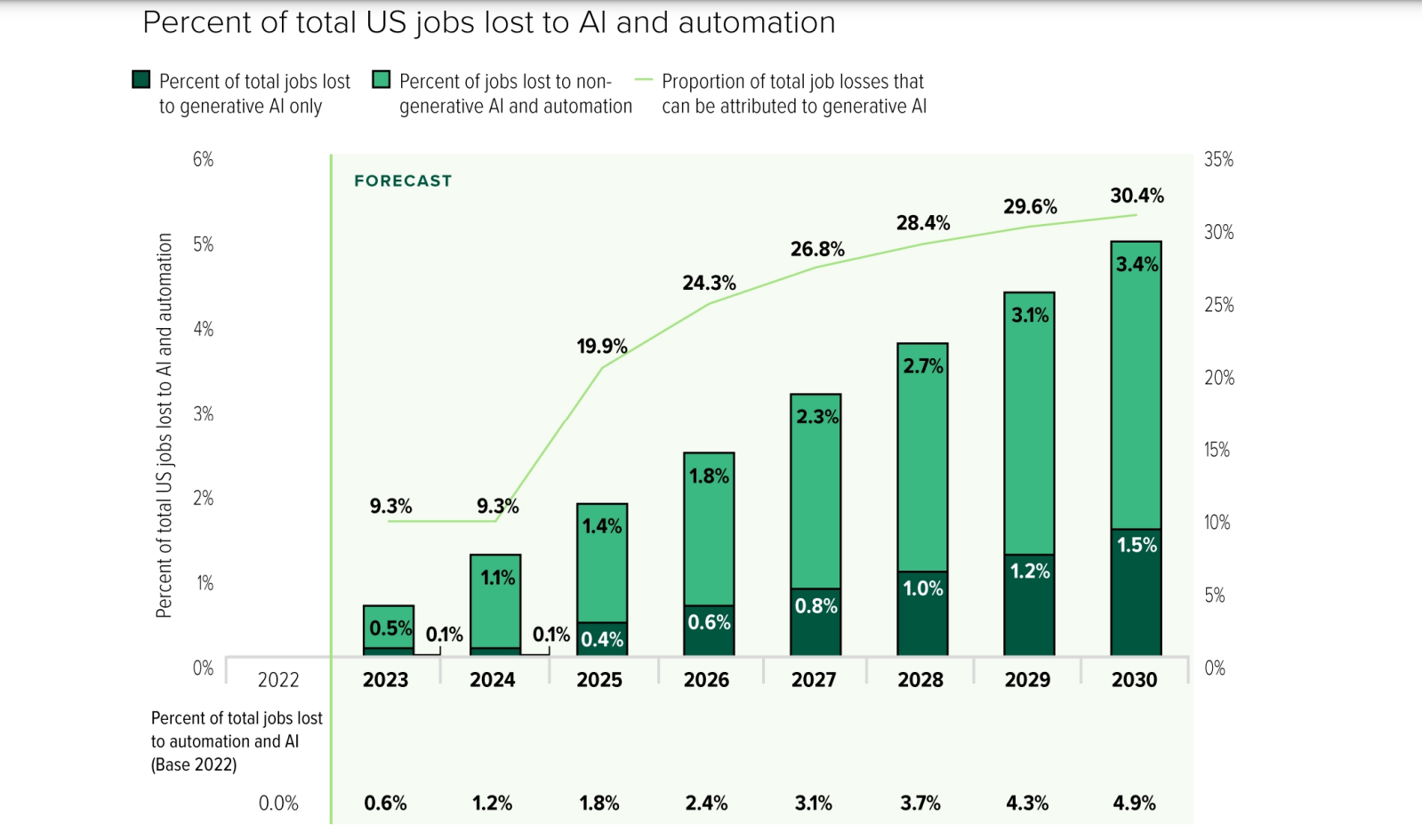What just happened? The Biden administration is attempting to address the difficult issue of regulating artificial intelligence development with an executive order signed by the president that promises to manage the technology's risks. The order is designed to establish AI standards and safety while introducing a number of protections and best practices.
The White House announced earlier today that President Joe Biden issued the Executive Order on Safe, Secure, and Trustworthy Artificial Intelligence.
The order directs eight actions. The first of these, introducing new standards for AI safety and security, requires developers of the most powerful AI systems to share their safety test results and other critical information with the US government.
AI Systems must be safe, secure, and trustworthy, and there is a requirement for protections against the risk of AI being used to create chemical, biological, radiological, nuclear, and cybersecurity risks. An AI safety summit in the UK this week will also highlight the danger of rogue actors using the technology to create the likes of bioweapons.
The other areas in this section cover the establishment of an advanced cybersecurity program to develop AI tools to find and fix vulnerabilities in critical software, and the development of a National Security Memorandum that directs further actions on AI and security.
The order prioritizes federal support for accelerating the development and use of privacy-preserving techniques while also strengthening privacy-preserving research and technologies such as cryptographic tools. The way agencies collect and use commercially available information – including information they procure from data brokers – will be evaluated, and guidelines will be developed for federal agencies to evaluate the effectiveness of privacy-preserving techniques, including those used in AI systems.
Artificial intelligence has long been used to deepen discrimination, bias, and facilitate abuses in justice, healthcare, and housing. To address this, clear guidance will be provided to landlords, federal benefits programs, and federal contractors. Measures will also be taken to address algorithmic discrimination and ensure fairness throughout the criminal justice system.
One of the biggest fears surrounding generative AI is the number of jobs it could render obsolete. The order aims to mitigate these risks, support workers' ability to bargain collectively, and invest in workforce training.
To ensure responsible and effective use of AI by the government, the President has directed the issuing of guidance for agencies' use of the technology. There will also be help given to acquire specified AI products and services faster, and an acceleration in the hiring of AI professionals.
Finally, the EO aims to promote innovation and competition in the AI industry and advance American leadership abroad.
A senior Biden administration official said the guidelines will apply mainly to future AI models. "We're not going recall publicly available models that are out there," the official said. "Existing models are still subject to the anti-discrimination rules already in place."
Senate Majority Leader Charles Schumer (D-NY) said the executive order was limited in what it could achieve in regards to AI regulation. "They [the Biden Administration] are concerned, and they're doing a lot regulatorily, but everyone admits the only real answer is legislative," he told the Washington Post.

